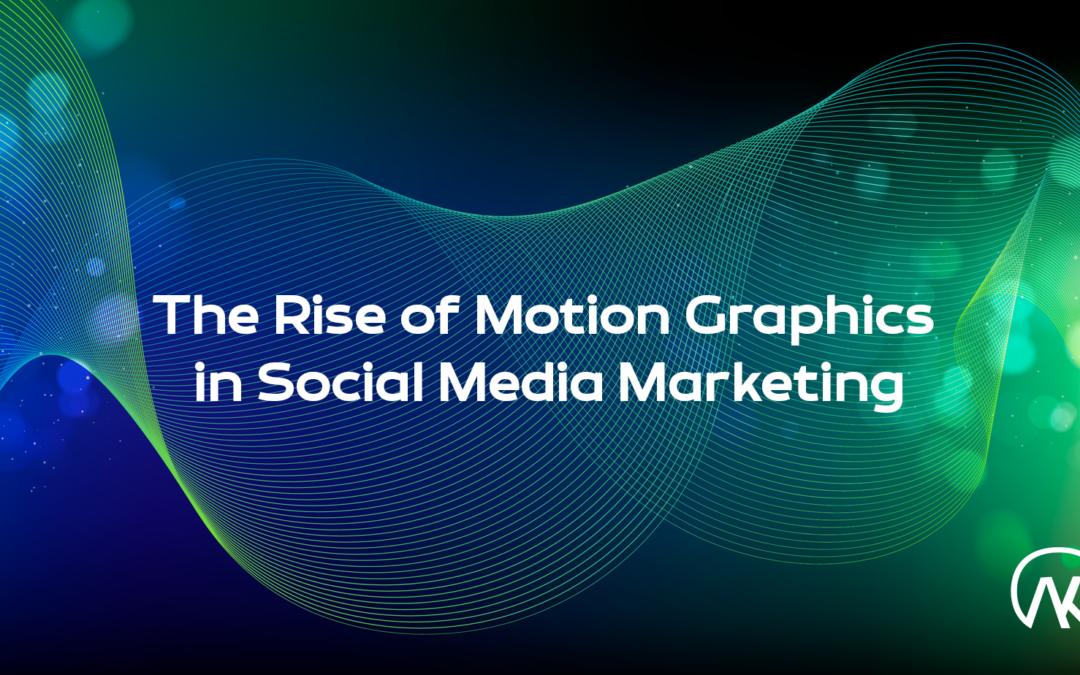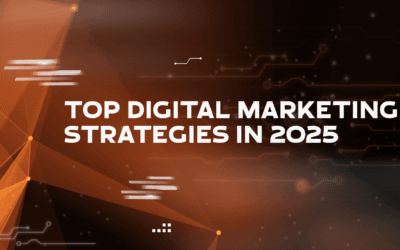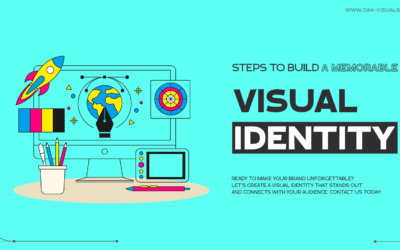Effective content marketing is the cornerstone of digital marketing strategies in today’s online landscape. Different content types play a crucial role in capturing the attention of target audiences and driving traffic to websites. Marketers utilize various forms of content, such as written, visual, and audio content, to communicate brand messages and engage with users.
Post Outline
Understanding Content Types
One of the most common types of content used in content marketing is written content. This includes blog posts, articles, case studies, and newsletters. Written content is essential for SEO purposes, as search engines scan and index text to deliver relevant results to users searching for information online.
Visual content includes images, infographics, videos, and webinars. Visuals are powerful tools for conveying complex information in a digestible format and enhancing user engagement. Visual content is highly shareable on social media platforms, increasing brand awareness and reaching a wider audience.
Audio content, such as podcasts and webinars, has gained popularity in recent years. Audio content allows marketers to connect with their audience on a more personal level, providing valuable insights and industry knowledge. Podcasts, in particular, are a great way to repurpose existing content and reach a new audience through different content formats.
Types of Content Marketing
When delving into content marketing, various content types can be explored to create a comprehensive strategy. Case studies provide an in-depth analysis of successful projects or experiences, showcasing real-life applications and results. They serve as powerful tools to build credibility and trust with potential customers by demonstrating expertise and problem-solving abilities.
- Blog Posts
Example: A marketing blog featuring a post titled “10 Effective Social Media Strategies for Small Businesses” with actionable tips and insights.
Purpose: Inform, educate, and engage the audience.
Benefits: Improves SEO, drives organic traffic, and establishes authority in the industry.
- Articles
Example: An article on a tech website discussing “The Future of Artificial Intelligence in Healthcare,” backed by expert interviews and research data.
Purpose: Provide in-depth analysis and insights on specific topics.
Benefits: Enhances credibility, supports SEO efforts, and attracts high-quality traffic.
Infographics
Example: An infographic showing “The Impact of Climate Change on Global Agriculture,” highlighting key statistics and trends.
Purpose: Visual representation of data and information.
Benefits: Highly shareable, attracts backlinks, and simplifies complex information.
Videos
Example: A YouTube tutorial video titled “How to Create a Professional LinkedIn Profile” that guides users through the process step-by-step.
Purpose: Engage and inform through visual storytelling.
Benefits: Increases engagement, improves conversion rates, and enhances SEO through video search optimization.
Podcasts
Example: A business podcast episode featuring an interview with a successful entrepreneur discussing “Strategies for Scaling Your Startup.”
Purpose: Share insights and stories through audio content.
Benefits: Reaches audiences on-the-go, builds personal connections, and diversifies content offerings.
- Case Studies
Example: A case study detailing how a SaaS company helped a client increase their sales by 50% using their software solution.
Purpose: Showcase real-life examples of success with your product or service.
Benefits: Builds credibility, demonstrates expertise, and aids in conversion.
Ebooks
Example: An ebook titled “The Ultimate Guide to Digital Marketing for Beginners” available for download on a marketing agency’s website.
Purpose: Offer comprehensive guides or insights on specific topics.
Benefits: Generates leads, establishes authority, and provides value to the audience.
White Papers
Example: A white paper on “Blockchain Technology in Financial Services,” offering a deep dive into its benefits and applications.
Purpose: Provide detailed reports on specific issues or topics.
Benefits: Establishes thought leadership, attracts high-quality leads, and supports complex decision-making processes.
Webinars
Example: A live webinar titled “Trends in Digital Marketing for 2024,” featuring expert speakers and interactive Q&A sessions.
Purpose: Conduct live or pre-recorded presentations to educate or engage.
Benefits: Enhances audience interaction, generates leads, and positions the brand as an industry leader.
Social Media Posts
Example: An Instagram post showcasing a new product launch with high-quality images and a call-to-action to visit the website.
Purpose: Engage with the audience and promote content.
Benefits: Increases brand visibility, drives traffic, and fosters community engagement.
Email Newsletters
Example: A weekly newsletter from a fashion brand featuring the latest trends, special offers, and upcoming events.
Purpose: Regularly communicate with subscribers.
Benefits: Builds relationships, promotes content, and drives traffic.
- Press Releases
Example: A press release announcing the launch of a new product by a tech company, sent to major industry publications.
Purpose: Announce newsworthy events or updates.
Benefits: Attracts media attention, improves SEO through backlinks, and increases brand visibility.
- User-Generated Content
Example: A social media campaign where customers share photos using a brand’s product with a specific hashtag, which the brand then reposts.
Purpose: Leverage content created by customers or fans.
Benefits: Builds authenticity, encourages community engagement, and provides social proof.
CONCLUSION
Understanding and leveraging the various types of content in your marketing strategy is essential for reaching and engaging your target audience. By diversifying your content types and aligning them with specific marketing goals, you can enhance your brand’s visibility, credibility, and overall effectiveness in the digital landscape. Whether through written, visual, or audio content, each type plays a unique role in creating a comprehensive and successful content marketing strategy.
FAQ
What is the most consumed type of content?
Many content creation platforms and social media sites have revealed that video content is the most consumed type of media today. With the rise of platforms like YouTube and TikTok, video content is continuously growing in popularity. However, this doesn’t mean other types of content are irrelevant. Long-form content such as long-form blog posts and original research articles also have their audience.
Email marketing is another popular way to reach audiences with different kinds of content.
When it comes to creating the best content, it’s important to consider the particular content type that will resonate with your target audience.
The wide range of content types available today includes video content, long-form blog posts, email marketing, and many more. Creating
What content are people most interested in?
When it comes to content, people are most interested in a variety of content types. From blog content to video marketing, different types of content marketing allows for a wide range of content to be created and shared. Whether it’s a piece of content you’ve already created or content you can create in the future, every type of content can give value to your audience. According to the Content Marketing Institute, video marketing is considered one of the most effective forms of content, while social posts and user-generated content (UGC) can also provide social proof and help with search engine optimization.
Managing a marketing calendar that includes a mix of different content types can help keep your audience engaged and interested. By incorporating various media types and mime types into your content strategy, you can appeal to a wider audience and increase your reach. From digital content to social posts, the possibilities for creating engaging content are endless.
Content marketers need to be strategic in their approach to creating and sharing content. By understanding what types of content are most popular and resonate with their target audience, marketers can tailor their content to meet the needs and interests of their followers. By analyzing data and metrics, marketers can determine which pieces of content are most effective in driving traffic and conversions.
Overall, content is king in the digital marketing world. Creating compelling and valuable content that resonates with your audience is key to success. By incorporating a mix of different content types into your marketing strategy, you can engage your audience and drive results. Whether it’s blog content, video marketing, or social posts, each piece of content plays a valuable role in your overall marketing strategy.
How can case studies be utilized as a content type in digital marketing?
A: Case studies are an effective content type in digital marketing as they provide real-life examples that showcase the success of a product or service, build credibility, and help in converting leads into customers.
What are some best practices for creating written content for content marketing?
A: Some best practices for creating written content include focusing on quality and relevance, optimizing for SEO keywords, maintaining consistency in tone and style, and ensuring the content aligns with the overall content marketing strategy.
How can visual content enhance a content marketing strategy?
A: Visual content such as images, infographics, and videos can enhance a content marketing strategy by making the content more engaging, increasing user interaction, and improving brand recall among the audience.
What is the significance of social media content in content marketing?
A: Social media content plays a crucial role in content marketing as it helps in reaching a wider audience, driving traffic to the website, increasing brand visibility, and fostering engagement with followers.
How can different types of content be repurposed for various marketing channels?
A: Different types of content can be repurposed by adapting them into different formats suitable for various marketing channels such as transforming a blog post into a social media post, infographic, video, or webinar to reach a wider audience.
What role does audio content play in a content marketing strategy?
A: Audio content such as podcasts or voice recordings can cater to auditory learners, provide a convenient way for consumers to consume content on-the-go, and create a personal connection with the audience.






